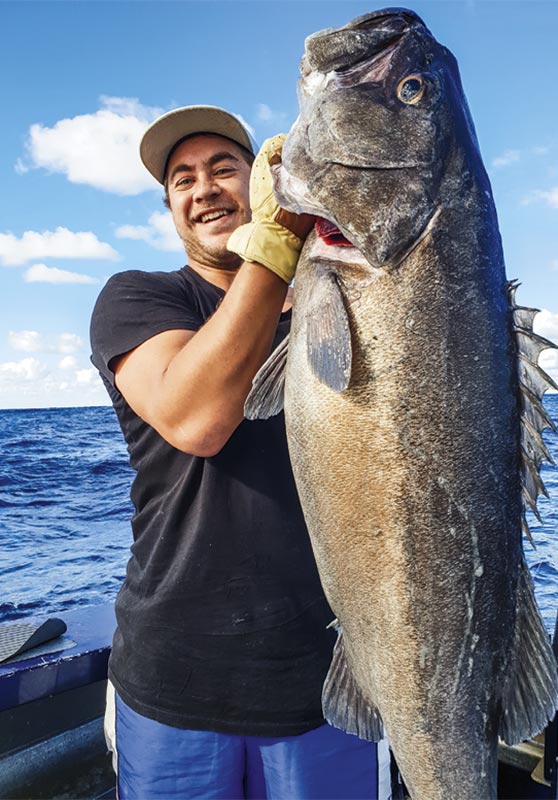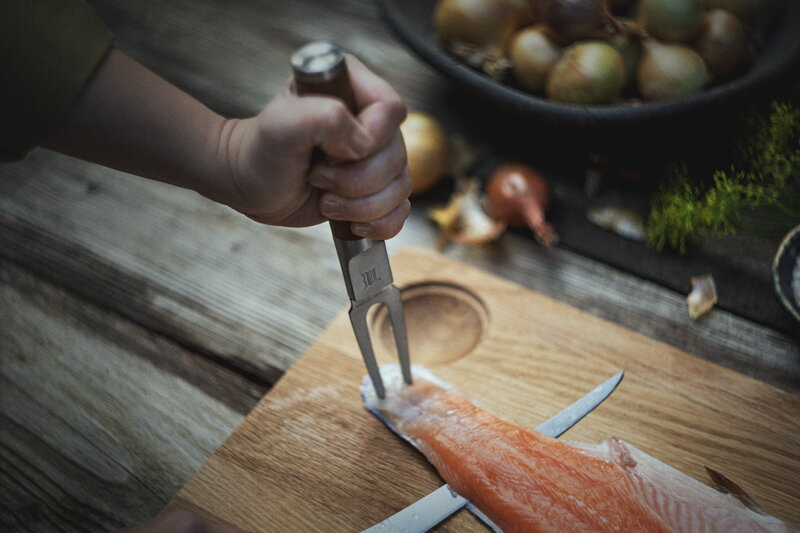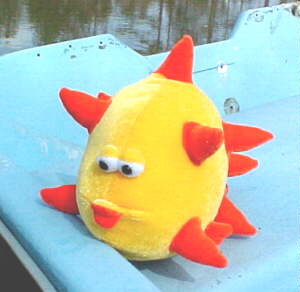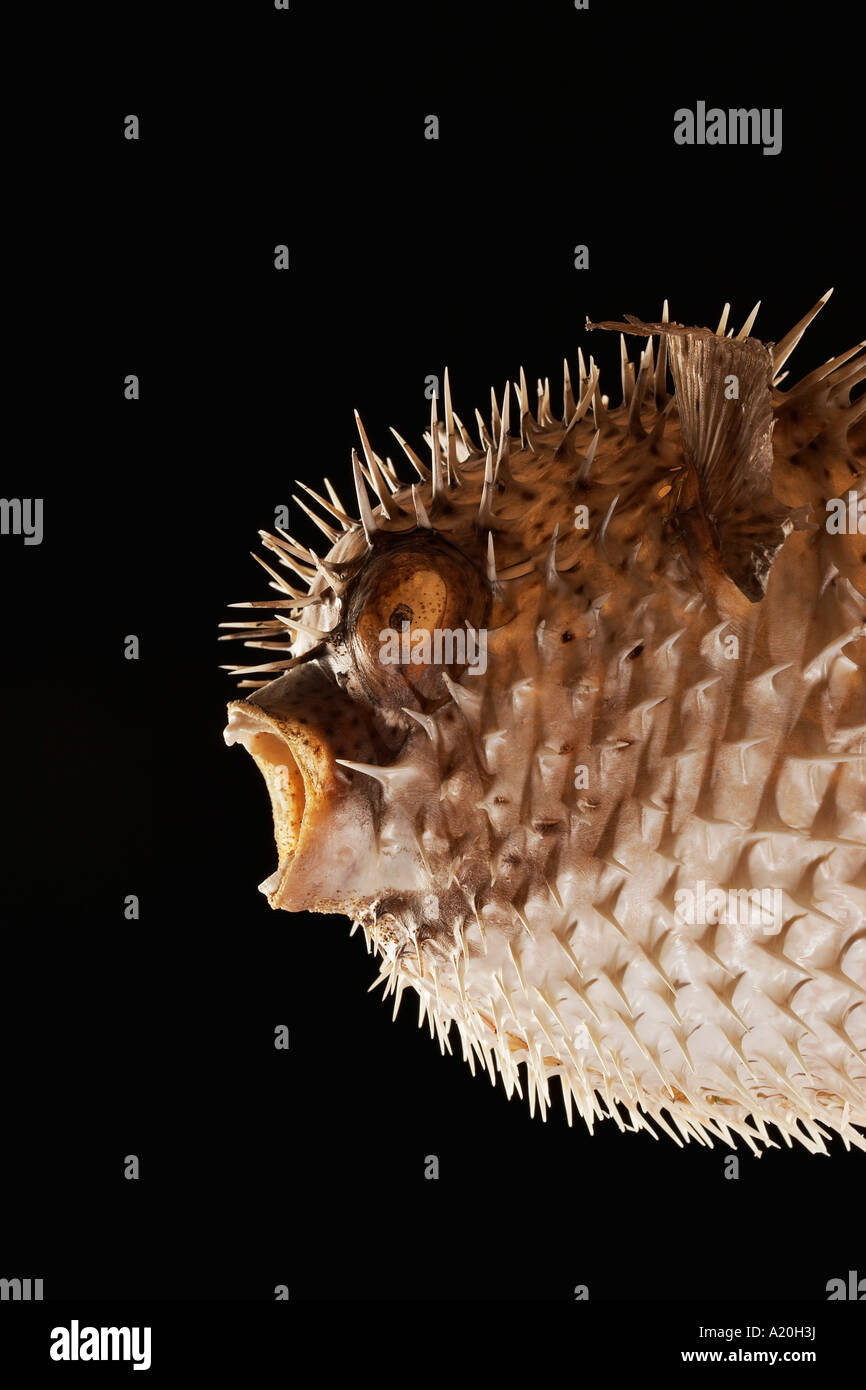Ikejime [Fish Spike Wire Tool] – SharpEdge
4.9 (156) · $ 19.50 · In stock
Ikejime is a humane way to paralyse fish and drain them of blood. It prolongs the length of time for which the flesh remains fresh beyond other methods of slaughter, meaning it also retains a greater range of textures and develops umami as the fish ages. Not only the welfare of fish is improved, but also both the quality of meat and its value increase.
Ikejime: The Art of Destroying Nerves to Prolong FreshnessIkejime, which translates as “closing the fish”, is a Japanese method for killing fish in a humane way (is that even a thing? 😳), whilst prolonging their freshness and making them tastier.When a fish dies, the reserves of ATP* in its cells start to deplete. While these energy-carrying molecules are still in the cells, even though the fish is already dead, the cells are alive and the meat remains firm and does not spoil. When ATP reserves are depleted, the cells die and rigor mortis ensues. In this stage, the meat becomes stiff and unsuitable for serving. Before this stage, the structure of meat is firm, whereas, during rigor mortis, it is stiff and inflexible. Once the fish has passed through rigor mortis, the flesh becomes tender and the concentrations of umami acids rise. The aging of fish meat is similar to dry aging of beef.*ATP (adenosine triphosphate) is the principal molecule for storing and transferring energy in cells, present in all living tissue and used as a coenzyme in cells. It is often known as the “molecular currency” of intracellular energy transfer. To put it simply: ATP is a source of energy for various processes in all body cells.PURPOSE:With Ikejime we prevent the nervous system to send signals to muscles, thereby stopping any spontaneous movements of fish. Why? Every muscle movement rapidly depletes ATP reserves. After death, biochemical reactions in the body can spoil the taste of meat and, if ATP is depleted too fast, the pH of fish meat plummets and becomes acidic. Lactic acid floods the body and produces lower quality meat, also causing the typical “fishy” smell.The advantage of Ikejime technique is therefore that we can delay rigor mortis for up to 24 hours (depending on the type of fish) and serve the fish while its structure is still firm and it tastes fresh, or after rigor mortis, when the fish is already aged, yet fresh, tender and with a more developed taste. By using Ikejime, a lot more blood drains from the fish and, as a result, it remains fresh for much longer.To sum up, Ikejime is a humane way to paralyze fish and drain them of blood. It prolongs the length of time for which the flesh remains fresh beyond other methods of killing, meaning it also retains a greater range of textures and develops umami as the fish ages. Not only the welfare of fish is improved, but also both the quality of meat and its value increase.USE:It is very important that we use gloves when handling fish to not increase its temperature with our body. To “close the fish”, locate the brain (above the fish’s eye) and use a spike to break through the skull. If done correctly, the fish will shudder and its jaw will drop open. Then, thread a wire through its spinal cord. You can also thread the wire by making an incision towards the tail, locate the spine and insert the metal filament into the spinal cord, running the tip along the upper side, destroying nerves, until you reach the cranium. Make incisions at the tail and gills to let the blood drain out. Then, store the fish in a cooler filled with a slurry of water and ice at temperatures of 0–5 °C.For more info, see this great video:
Ikejime: The Art of Destroying Nerves to Prolong Freshness
Ikejime, which translates as “closing the fish”, is a Japanese method for killing fish in a humane way (is that even a thing? 😳), whilst prolonging their freshness and making them tastier.
When a fish dies, the reserves of ATP* in its cells start to deplete. While these energy-carrying molecules are still in the cells, even though the fish is already dead, the cells are alive and the meat remains firm and does not spoil. When ATP reserves are depleted, the cells die and rigor mortis ensues. In this stage, the meat becomes stiff and unsuitable for serving. Before this stage, the structure of meat is firm, whereas, during rigor mortis, it is stiff and inflexible. Once the fish has passed through rigor mortis, the flesh becomes tender and the concentrations of umami acids rise. The aging of fish meat is similar to dry aging of beef.
*ATP (adenosine triphosphate) is the principal molecule for storing and transferring energy in cells, present in all living tissue and used as a coenzyme in cells. It is often known as the “molecular currency” of intracellular energy transfer. To put it simply: ATP is a source of energy for various processes in all body cells.
PURPOSE:
With Ikejime we prevent the nervous system to send signals to muscles, thereby stopping any spontaneous movements of fish. Why? Every muscle movement rapidly depletes ATP reserves. After death, biochemical reactions in the body can spoil the taste of meat and, if ATP is depleted too fast, the pH of fish meat plummets and becomes acidic. Lactic acid floods the body and produces lower quality meat, also causing the typical “fishy” smell.
The advantage of Ikejime technique is therefore that we can delay rigor mortis for up to 24 hours (depending on the type of fish) and serve the fish while its structure is still firm and it tastes fresh, or after rigor mortis, when the fish is already aged, yet fresh, tender and with a more developed taste. By using Ikejime, a lot more blood drains from the fish and, as a result, it remains fresh for much longer.
To sum up, Ikejime is a humane way to paralyze fish and drain them of blood. It prolongs the length of time for which the flesh remains fresh beyond other methods of killing, meaning it also retains a greater range of textures and develops umami as the fish ages. Not only the welfare of fish is improved, but also both the quality of meat and its value increase.
USE:
It is very important that we use gloves when handling fish to not increase its temperature with our body. To “close the fish”, locate the brain (above the fish’s eye) and use a spike to break through the skull. If done correctly, the fish will shudder and its jaw will drop open. Then, thread a wire through its spinal cord. You can also thread the wire by making an incision towards the tail, locate the spine and insert the metal filament into the spinal cord, running the tip along the upper side, destroying nerves, until you reach the cranium. Make incisions at the tail and gills to let the blood drain out. Then, store the fish in a cooler filled with a slurry of water and ice at temperatures of 0–5 °C.
For more info, see this great video:

Make an IKE JIME SPIKE from a TOOTHBRUSH and CUTICLE TOOL - Upcycle/Fishing Hack
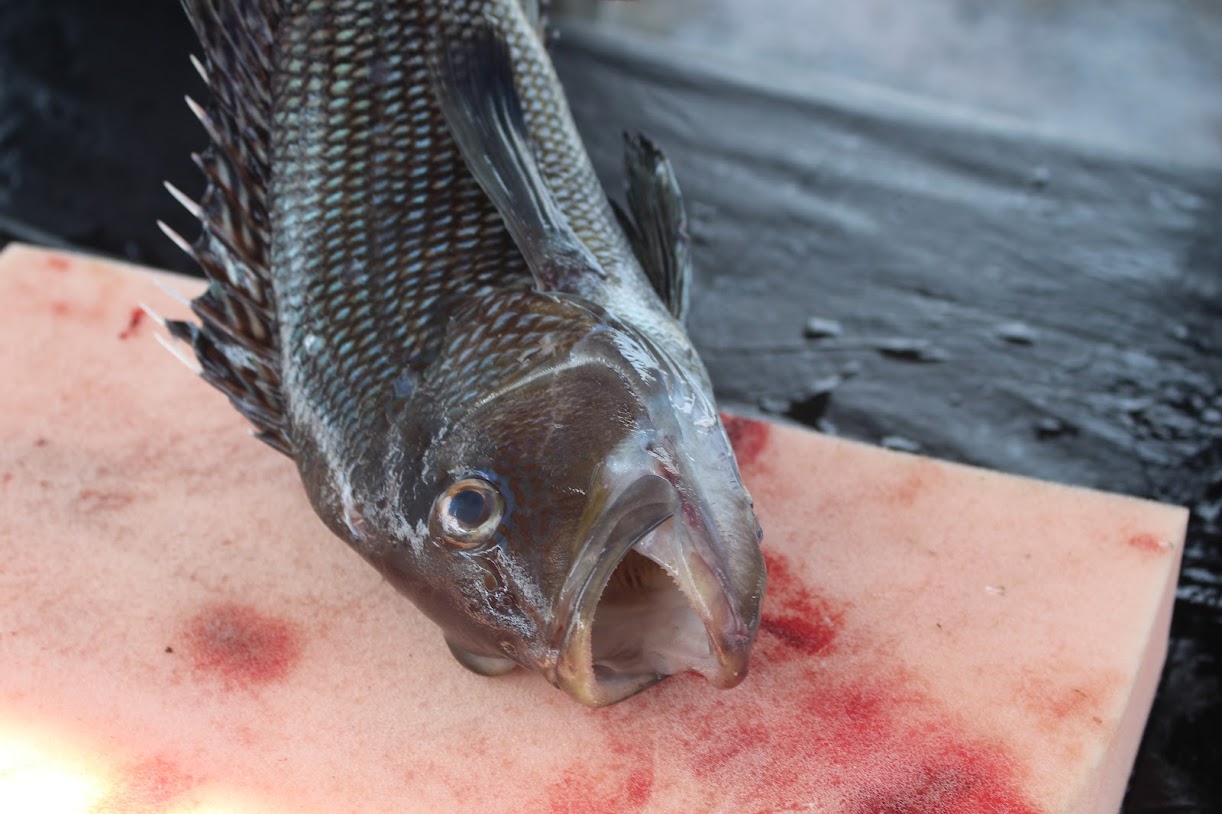
Japanese Method of Humane Fish Killing Improves Quality and Flavor - ecoRI News
Ikejime: 1.dispatches fish more humanely 2.yields better and longer lasting meat 3.keeps sharks away : r/Spearfishing
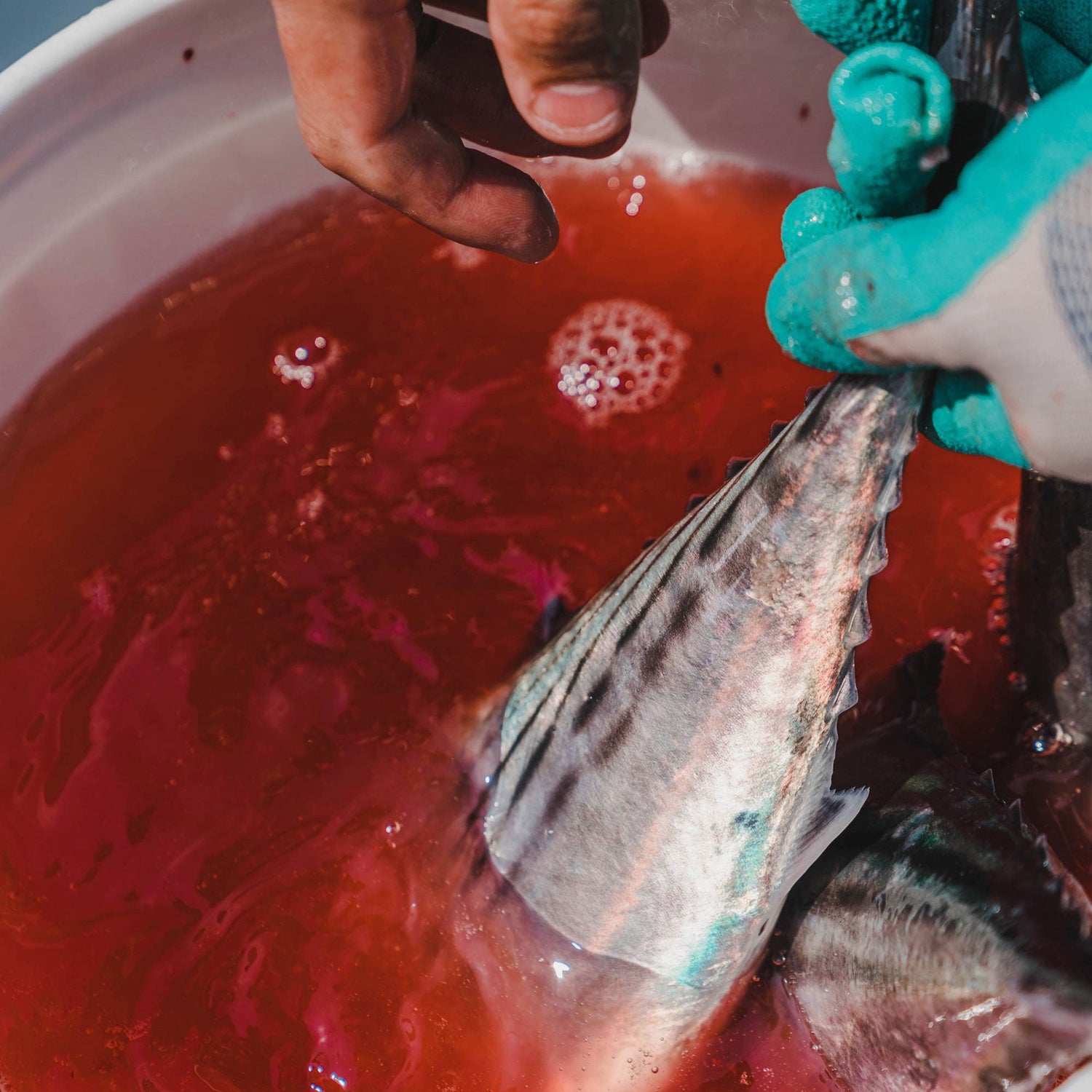
Circuit Breaker Ike Jime – AFTCO
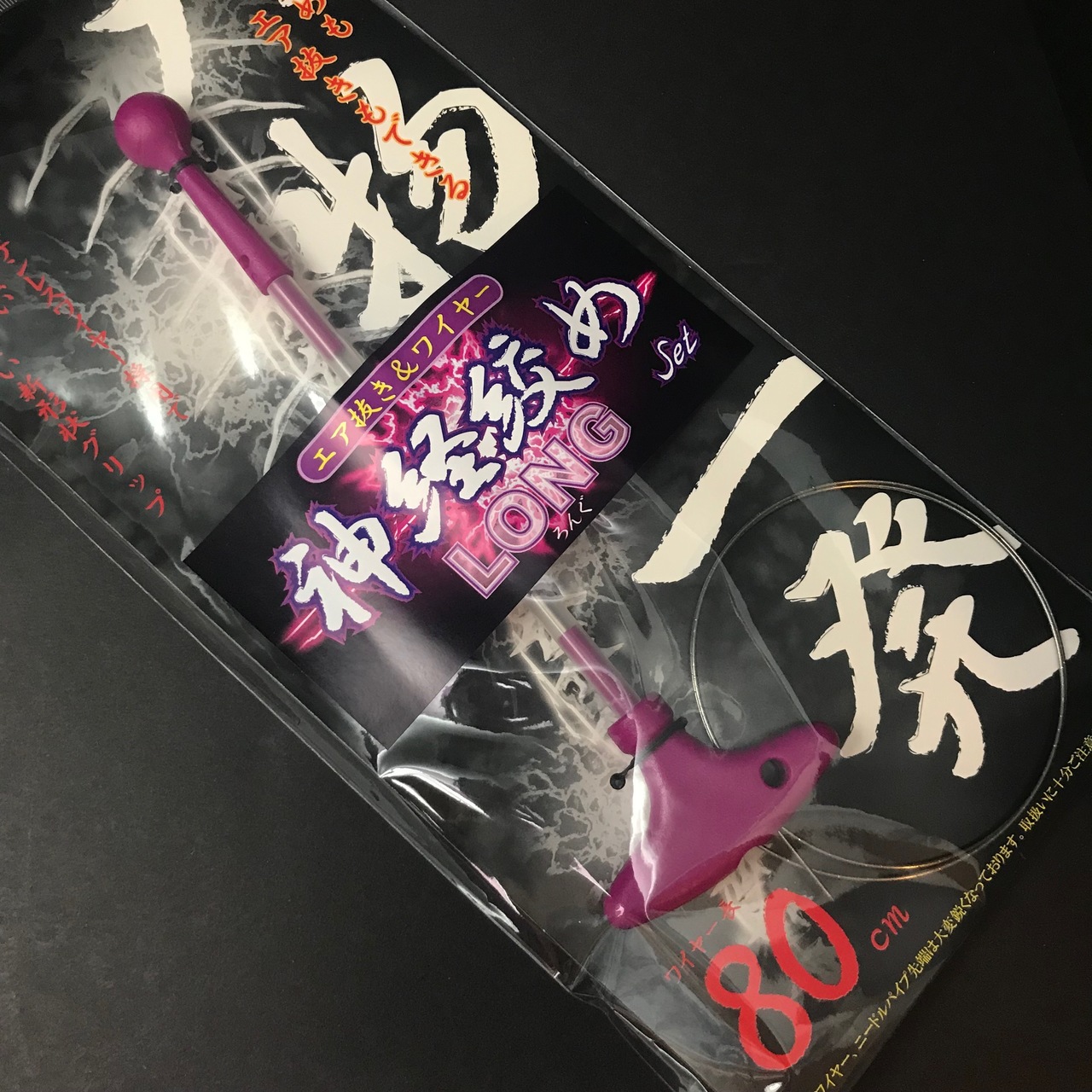
Ikejime Tool 80cm - Coutelier

Fish Nerve Tightening Wire Set Brain Spike Tool Ikejime Ichigeki 135x16mm Black
Shinkeijime/Ikejime/Ikijime Fish Spike Wire Tool SUPER LONG Shinkei Jime is the traditional fish killing method used in Japan to both kill and
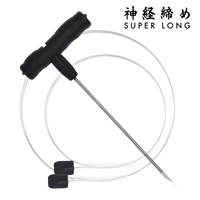
Shinkei-Jime Fish Spike Wire Tool SUPER LONG 2 Sizes Set

Ikejime [Fish Spike Wire Tool] – SharpEdge

Watch Ikejime Method For Tastier Fish Ike Jime The Japanese To Kill Live Fish
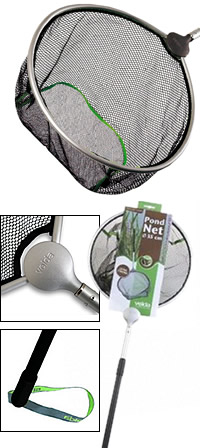




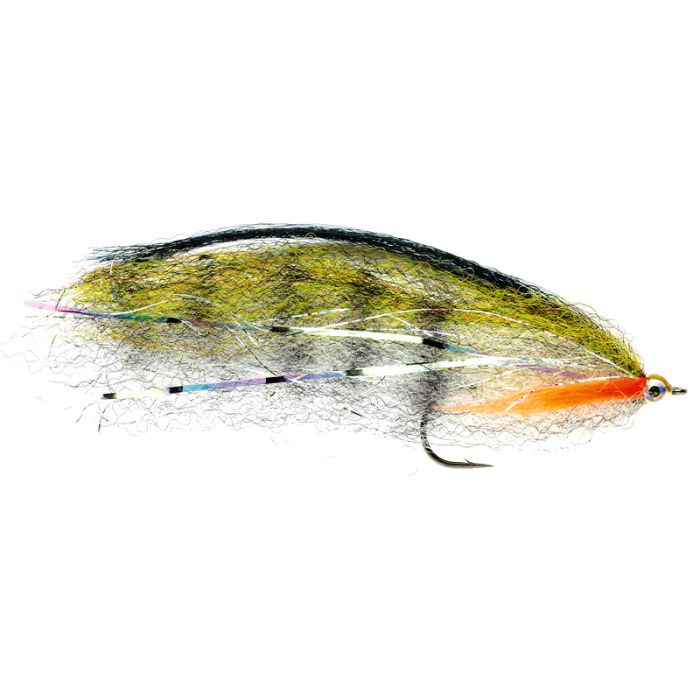
![Ikejime [Fish Spike Wire Tool] – SharpEdge](https://sharpedgeshop.com/cdn/shop/products/41058000854_1_1100x.jpg?v=1600685990)

